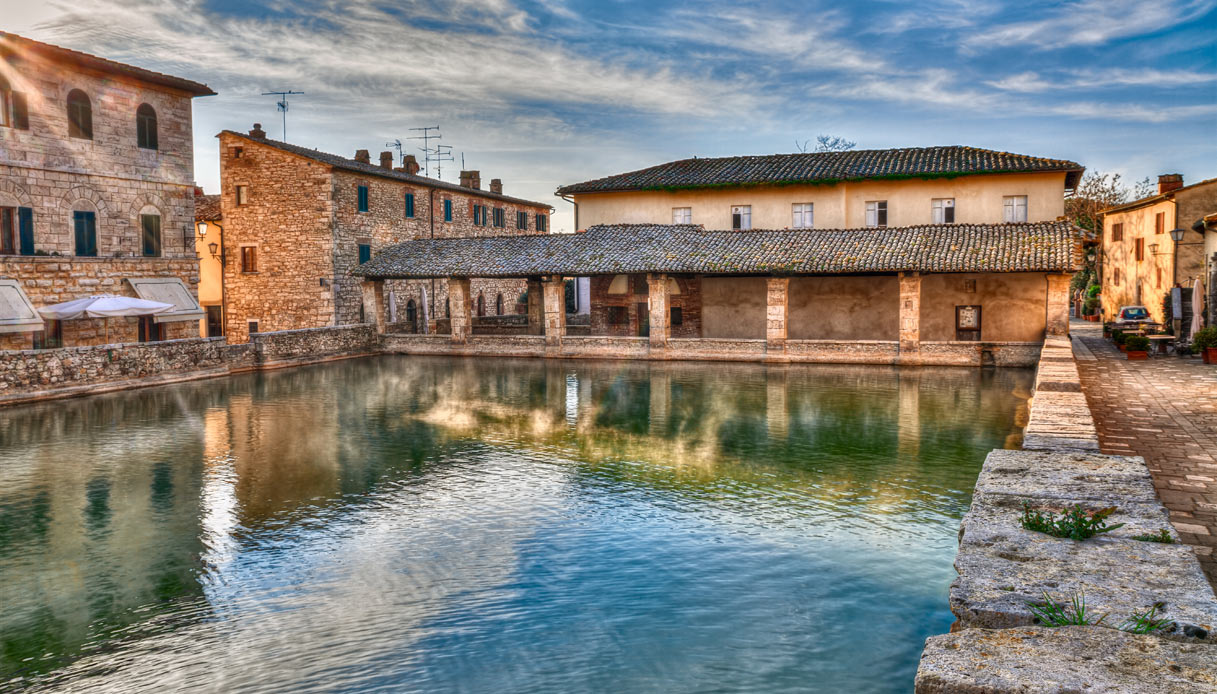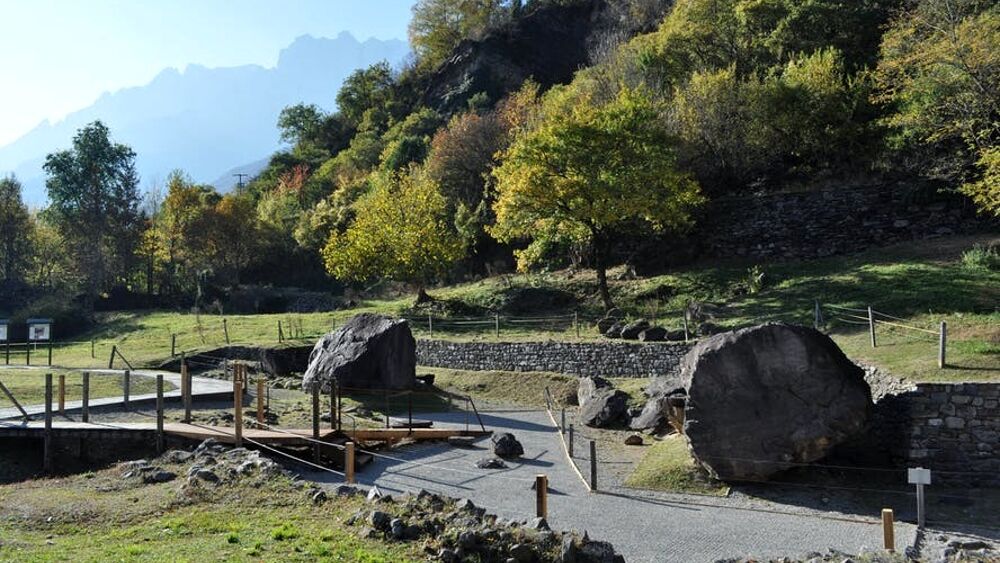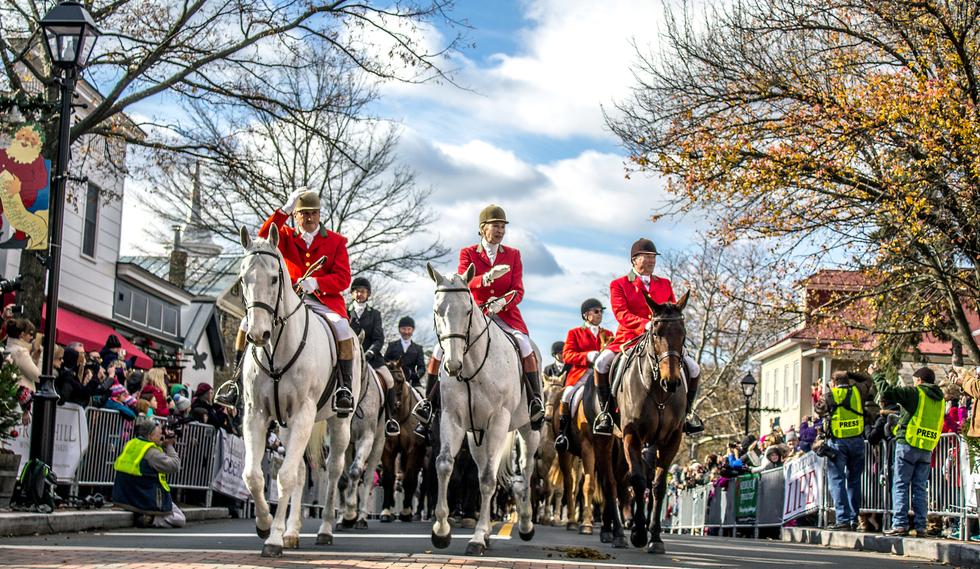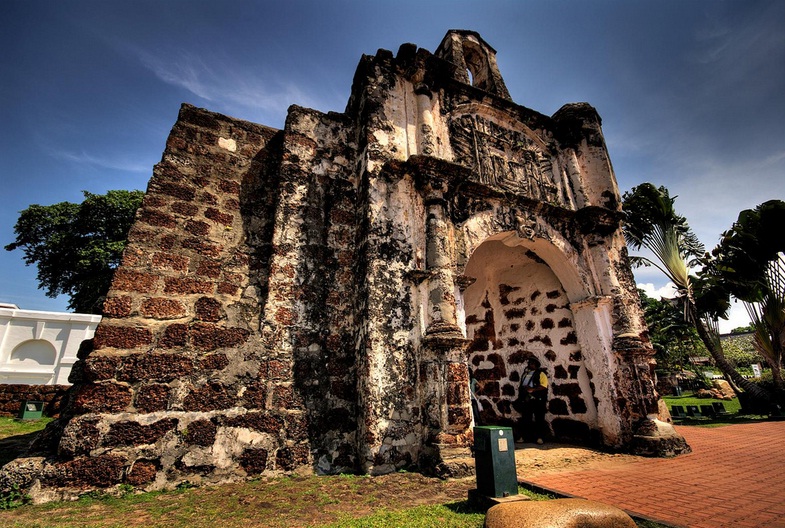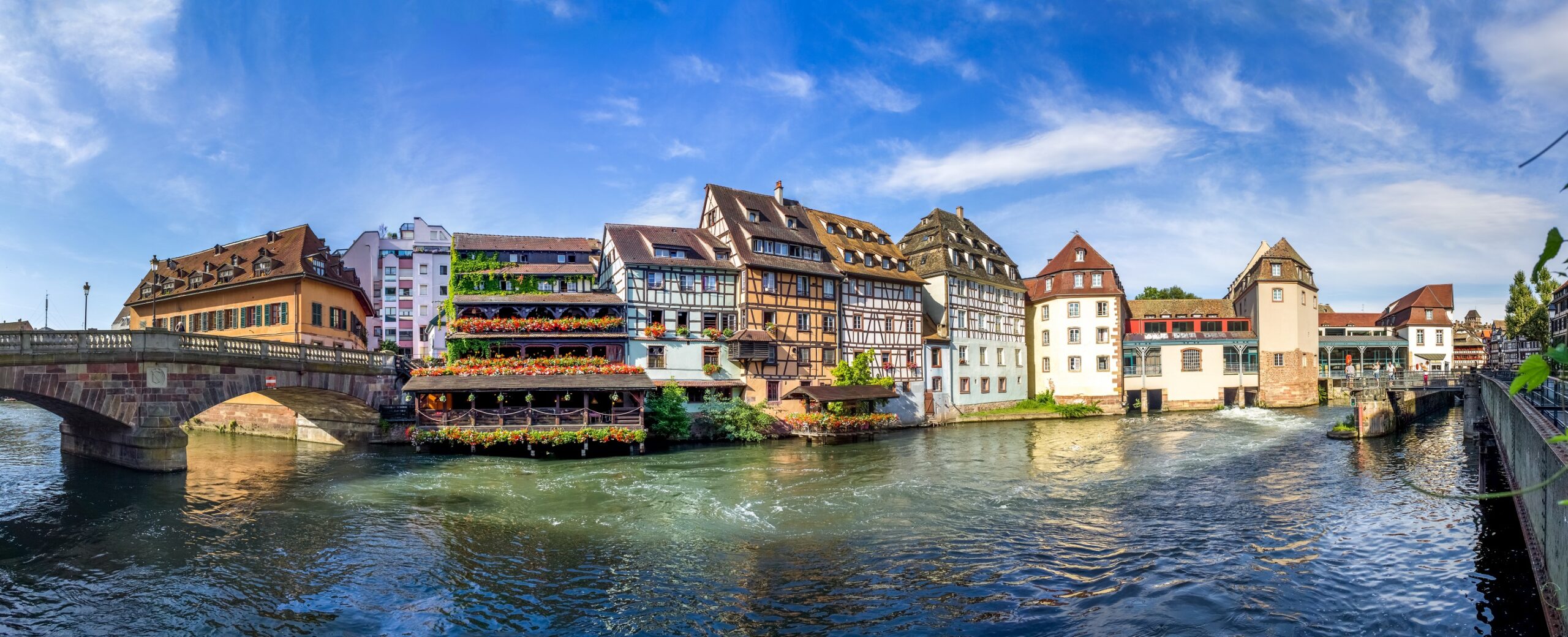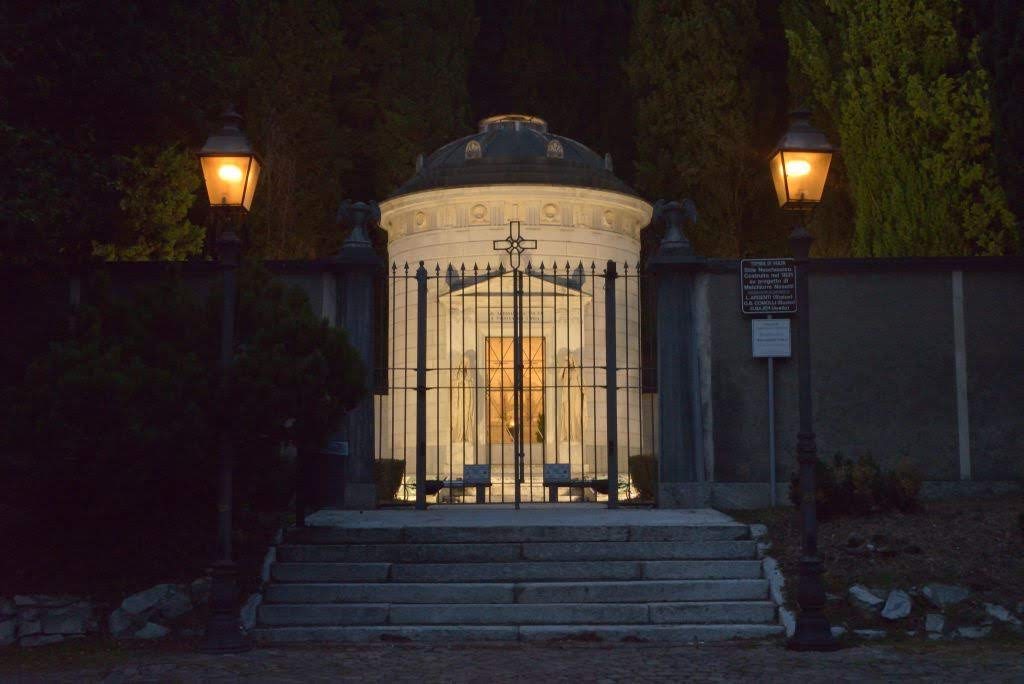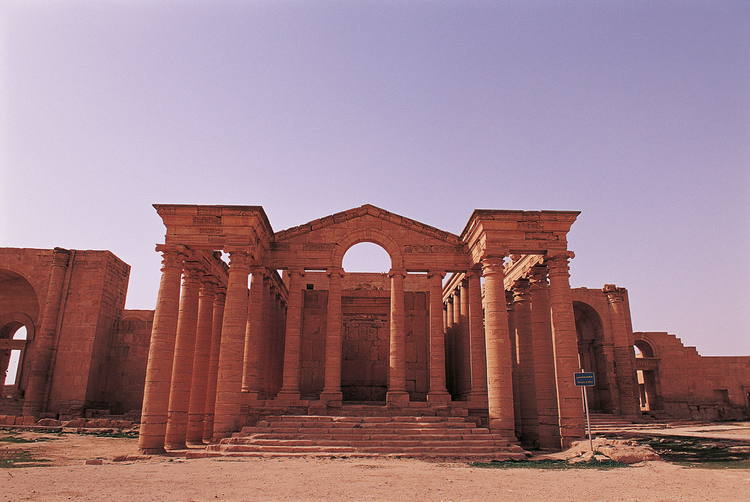Bagno Vignoni, nestled in the Val d’Orcia a few kilometers from Siena, is a unique village.
The central square is occupied by a large medieval pool, where water gushes from the hot spring and slowly fumigates, creating a fairy-tale atmosphere that has amazed travelers of all times.
Surrounding the basin are the Renaissance buildings and the beautiful loggia of St. Catherine of Siena, giving the square great elegance.
The waters flow to the nearby cliff, which preserves ancient underground mills with their storage tanks (the former free baths), while other waters feed the spas that have sprung up in the small village. All this is nestled in a picturesque landscape, where you can take a nice walk along marked trails.
The water that gushes into the large basin-square heads toward a limestone cliff and tumbles down to the river, splitting into rivulets that form very striking little waterfalls and concretions, while the wall hides four medieval mills carved into the rock, a very complex and unique work of hydraulic engineering.
This is the Parco dei Mulini, which can be freely visited thanks to a path that leads into an island of Mediterranean scrub, dominated by lentisk bushes and plants typical of salty places.
The water mills of Bagno Vignoni had a singular peculiarity: they functioned even in summer, when other mills in the area were at a standstill due to dried-up rivers, thanks to the thermal spring that gushed forth with a constant flow, but forced them to work in hot and humid environments.
They are believed to have been made in the 12th century and remained in operation until the mid-1950s, when degradation began, until they were acquired in 1999 by the Municipality of San Quirico d’Orcia: where possible, existing equipment was recovered, such as the ancient millstones placed outside the entrances, otherwise it was made from scratch to give an idea of their size.
The tour route is very easy (T) and is accompanied by comprehensive signage with maps, sections and photos. However, as soon as we leave the trail and climb up the escarpment, the path becomes challenging and even dangerous.
On this trail we encounter four mills: the first two, called the Upper Mill and Buca Mill, are entirely carved into the rock. The Middle Mill below is partly above ground (the millstone rooms) and partly underground (the wheel rooms). The Mulino da Piedi is a ruin covered with brambles. Also dug into the travertine are the pipes and tanks to store the water needed to run the millstones.
